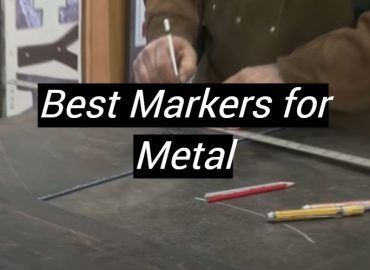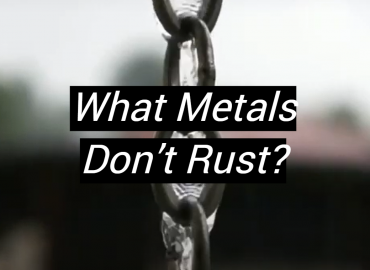Have you ever been in an awe-inspiring moment when a helicopter flew overhead and caught your attention? Did it somehow make sense to wonder: “What are those large mysterious “blades” made of that keep this aircraft soaring safely in the air?” Well, your curiosity has led you to the right place!
In this article, we tackle the age-old question – what are helicopter blades made of? We answer this fascinating question with an understanding of what goes into crafting these intricate pieces of machinery along with insight into their historic use. And finally, we examine why certain materials have become staples for helicopters across the globe. Read on to explore these revolving wings and uncover insights about their origin story within humankind’s trajectory through aerospace history!
What’s the Construction of the Helicopter?
The helicopter is deployed in a variety of roles, including commercial transport, search and rescue operations, military missions and more. To be fit for its intended purpose, it must be built with the best materials and components for dependability and safety.
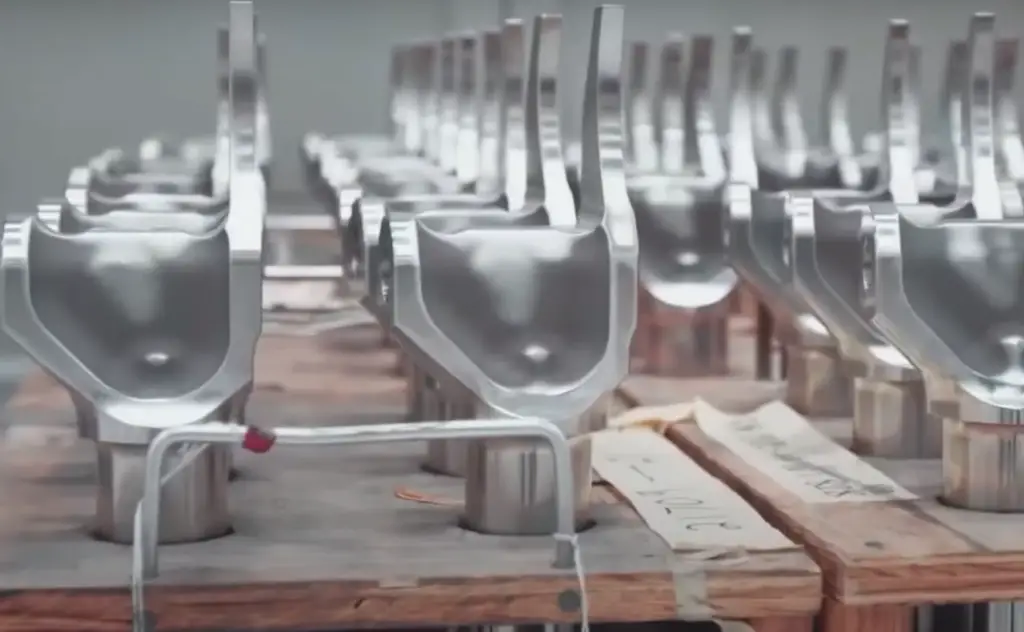
The main component of a helicopter is the rotor system, which consists of one or more sets of blades. The blades are typically made from composite materials such as graphite, glass fiber, and aluminum or titanium for strength and lightness.
The blade angle can also be adjusted to control the pitch when it rotates in mid-air.The rotor shaft attaching the blades to the rest of the body is usually made from either stainless steel or titanium alloy tubing. This tubing has high resistance to corrosion and temperature changes, making it ideal for use in helicopters that fly at high elevations or in other extreme climates.
The hub of the rotor system is where the blades are attached to a larger gear system, and it connects the entire structure together. This hub can be made from composite materials as well, such as carbon fiber that provides lightness but also has high strength and durability.
To ensure the safety of passengers and crew, helicopters are constructed with a tail rotor that counteracts any side-to-side motion caused by power imbalances in the main rotor system. The tail rotor is usually made from lighter composites than the main blades since it does not require as much energy to spin in midair. Additionally, these composite materials provide extra protection against corrosion caused by exposure to weather conditions or salt water for long periods of time. [1]
The composite blades and other parts of the helicopter require regular maintenance to ensure safety and optimal performance. This includes periodic inspections, lubrication, and replacement of worn out components. With careful inspection and timely repairs, helicopters can safely reach great heights!
How Does the Number of Blades Impact a Helicopter?
The number of blades on a helicopter has an important impact on the performance and stability of the aircraft. Most helicopters have two main rotor blades, but some models may have three or more.
Generally speaking, helicopters with fewer blades are more maneuverable but have less lift capacity, while those with more blades have greater lift capacity but lack maneuverability.
Rotor systems with two to four blades are most common today, although some military and industrial helicopters may use up to eight blades. In addition to lift capacity and agility, the blade count affects the noise level of a helicopter, as well as its speed and size.
A helicopter with fewer blades is usually smaller than one with more, allowing it to fit into tighter spaces or fly at higher altitudes. [2]
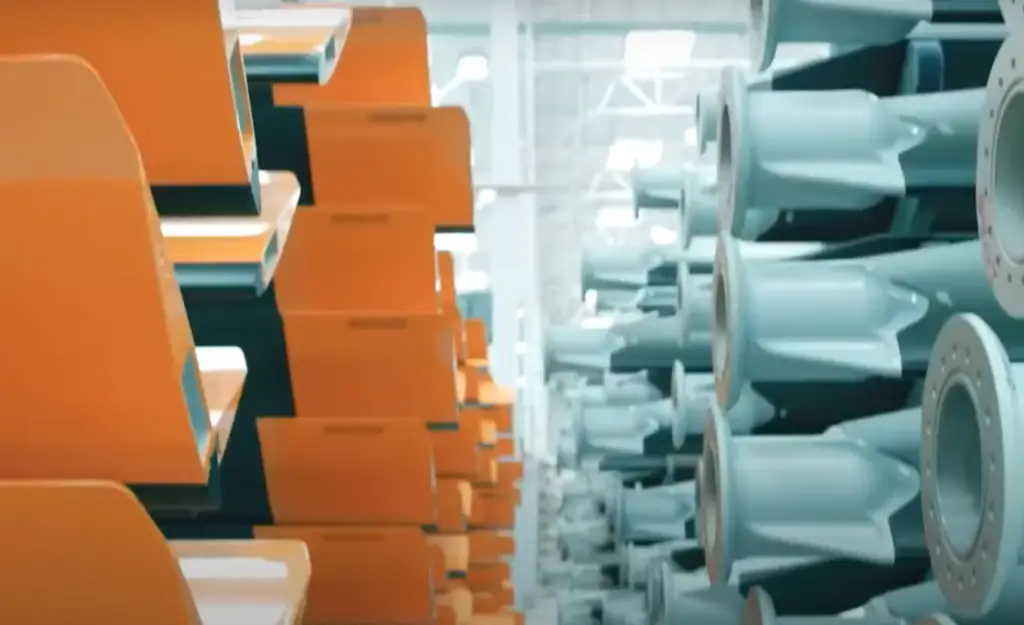
Ultimately, when choosing how many blades a particular aircraft should have, engineers must consider many factors, including the intended purpose of the helicopter and its environment. With the right combination of blade count and material, helicopters can fly safely and effectively for years to come.
Does Blade Material Affect Helicopter Operation?
The type of material used to make a helicopter’s blades can have an effect on its performance. This is because the weight and strength of the blade affects many aspects of the aircraft’s operation, such as the speed and stability of flight.
Lightweight materials like composite or carbon fiber may be used to reduce overall weight while still providing adequate strength. High-strength materials like titanium may be used for applications where increased speed and maneuverability are required.
There are also blades created from a combination of materials to provide maximum performance. For example, some blades may feature a lightweight core surrounded by a titanium or steel outer edge for increased strength and stability.
Besides, different materials offer different levels of vibration absorption, which can be important for reducing fatigue and increasing comfort during long flights. [3]
Finally, the material used in a helicopter’s blades may affect its lifespan as well. For example, steel or titanium may last longer than composite or carbon fiber. No matter what type of material is chosen, it should meet all safety requirements for aircraft operation.
The History of the Helicopter Blade Materials
Helicopter blades, or rotors, are the primary component of a helicopter which generates lift. The materials used for blade construction have evolved over time to maximize efficiency and safety while maintaining affordability.
The first successful helicopter flight took place in 1939 with its rotors made from wood covered in fabric. The advantage of wooden blades was that, since wood is relatively inexpensive, it allowed the cost of helicopters to be kept down. However, as flight technology advanced, so too did the materials used in rotor construction.

By the 1950s helicopter blades were being made from aluminum and covered by fiberglass to make them more resistant to fatigue and corrosion. Aluminum alloy was commonly used for the main spar of a rotor blade due to its lightweight properties and ability to be easily worked into shapes. This allowed engineers to create more complex designs that increased aerodynamic performance without compromising strength.
The non-metal blades appeared in the 1970s. These blades were made of composite materials such as carbon fiber, Kevlar or glass-fiber reinforced polyester. These materials were much lighter than metal while still providing a high strength to weight ratio. They also allowed for improved fatigue resistance and flexibility in the design of the rotor blade.
Today, many helicopters use composite blades that offer superior performance when compared to traditional metals. The combination of lightweight construction and advanced aerodynamic design has enabled engineers to create more efficient rotor systems with longer flight times and greater safety margins. Even though they are more expensive than aluminum blades, they offer superior performance which makes them worth the cost for many helicopter operators. [4]
What Factors Affect the Choice of Material for Helicopter Blades?
Manufacturers must consider several factors when choosing the material for helicopter blades. The aircraft’s purpose, operating environment, and budget are all important considerations in selecting the most suitable material. And now let’s go into more detail about each of the points.
- The aircraft’s purpose. Blades must be designed for the particular mission and type of aircraft. If the aircraft is intended for use in combat, then lightweight materials are important to maintain agility. These are, for example, composite materials such as reinforced plastics or fiberglass. On the other hand, if the helicopter is meant for leisure or cargo transport, it might need to be made from stronger materials that can handle more weight.
- The operating environment is also a crucial factor in determining the proper material for helicopter blades. For example, when flying through certain types of weather conditions, blades must be able to resist corrosion. This means selecting metal alloys or coatings such as anodized aluminum or titanium instead of standard aluminum alloy.
- Finally, the cost is always a concern when it comes to buying helicopter parts. Manufacturers will often opt for lighter-weight materials over stronger ones if they are cheaper and still meet performance requirements. In some cases, cheaper materials like aluminum may suffice but higher-end materials like titanium or carbon fiber may be necessary for more demanding roles.
Can the Approach to Helicopter Blade Materials Change in the Future?
There are currently a variety of materials being tested and explored that could be used to create helicopter blades in the future. These include composite plastics, carbon fiber, and even ceramic materials.
While these materials can offer improved performance, they will also likely require more expensive manufacturing processes. Therefore, it is important to find a balance between cost-effectiveness and improved performance when selecting materials for blade manufacture.
Additionally, the use of advanced technologies such as 3D printing could allow for custom designs that improve performance while avoiding expensive material costs. Research into new approaches to rotor blades continues as engineers look for ways to improve both safety and efficiency. [5]
Ultimately, the selection of blade materials is just one part of improving overall helicopter design; advances in aerodynamics, engines, and other technologies will also be necessary. It is clear that the approach to helicopter blade materials has changed over time, and could change even more in the future as new materials and technologies become available. By using advanced engineering principles and pursuing research into potential new approaches, it may be possible to create a safer, more efficient form of rotorcraft than ever before. The use of updated materials for blades could certainly be part of this progress – but only if done carefully so as to not compromise cost-effectiveness or safety.
How to Extend the Life of Helicopter Blades?
Helicopter blades are made of durable materials. However, even with them, regular maintenance is essential to ensure your helicopter blades last as long as possible and stay in perfect condition. Here are a few tips on how to extend the life of your helicopter blades:
- Clean the blades regularly using a soft cloth or brush to remove dust or dirt that can affect aerodynamic performance;
- Check for any signs of wear or damage after flights, and repair any damaged areas promptly with appropriate glue or resin;
- Use blade covers to protect from UV rays which can weaken the material over time;
- Inspect the mountings regularly for any loose nuts or bolts;
- Check the balance of the blades as this can cause unnecessary vibration and shorten the lifespan of your helicopter blades;
- Store your helicopter blades in a cool, dry place away from direct sunlight and extreme temperatures;
- Replace the blades after every 500 hours of use or when advised by a professional. [6]
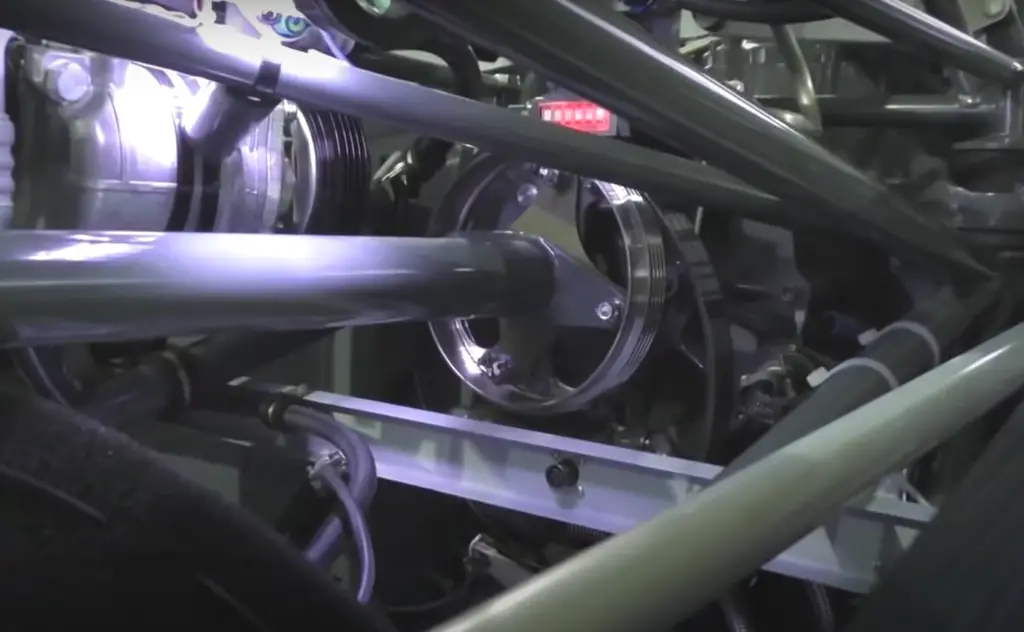
With regular care and maintenance, your helicopter blades can last for years to come.
FAQs
What are helicopter blades filled with?
Helicopter blades are typically filled with foam and a lightweight construction material, such as carbon fibers or plastic. This filling helps to reduce the vibration of the rotor blades during flight. Additionally, the rotor blade design can also be modified to provide an optimal balance between lift and drag forces. The foam and lightweight material used in helicopter blades allow for efficient aerodynamic performance at low air speeds. This makes them perfect for maneuvering in tight spaces as well as providing stable hovering capabilities.
Are helicopter blades fragile?
No, helicopter blades are designed to be durable and resilient. While flying, they can endure significant forces such as turbulence and gusts without breaking apart. However, when stored or transported incorrectly or in the event of a hard landing, they may experience damage that could render them unusable. To help keep your rotor blades safe it is important to follow the manufacturer’s instructions for storage and transportation.
Why don’t helicopter blades break?
The blades of a helicopter are intended to possess a high degree of flexibility and durability. The materials used to make the rotor blades, such as carbon fiber or plastic, have a high strength-to-weight ratio which makes them less likely to break in midair.
What is the best material for helicopter blades?
The best material for helicopter blades depends on the application and the desired performance characteristics. Carbon fiber, fiberglass, and plastic are all popular materials used in modern helicopter rotor blade construction due to their lightweight properties and strength-to-weight ratio. Additionally, metal blades can also be used if they offer superior performance or increased durability.
Useful Video: Modern Rotor Blades – The Physical World: Helicopters (2/3)
Bottom Line
It’s clear that helicopter blades are essential to the flying process and continue to be a crucial element in the development of helicopters. To summarize, it is essential for helicopters to have a strong and well-constructed set of blades so that they can reliably take off and fly. Different materials have been used in the past, each with their own benefits and drawbacks, though composite materials are increasingly being favored. Advances in materials engineering continue to open up possibilities for aircraft designers, providing manufacturers with more options when it comes to constructing helicopter blades. Companies can remain competitive by staying up-to-date on new developments in the engineering sector. We hope this post has provided helpful information regarding helicopter blades and encourages readers to do additional research before selecting a set of blades for their helicopters – after all, safety should always come first!
References:
- https://www.aircraftsystemstech.com/p/helicopter-structures.html
- https://pilotteacher.com/this-is-why-helicopters-have-different-numbers-of-blades/
- https://aaluminum.com/blog/which-material-is-used-for-making-helicopter-blades/
- https://executiveflyers.com/what-are-helicopter-blades-made-out-of/
- https://www.marketwatch.com/press-release/helicopter-blade-mro-services-market-opportunities-future-analysis-by-2023-2030-2023-05-24?tesla=y
- https://incrediblepolyurethane.com/polyurethane-advances-helicopter-technology/



